18 garden border ideas for the perfect planting scheme
Use these garden border ideas to ensure your yard is in full bloom year round
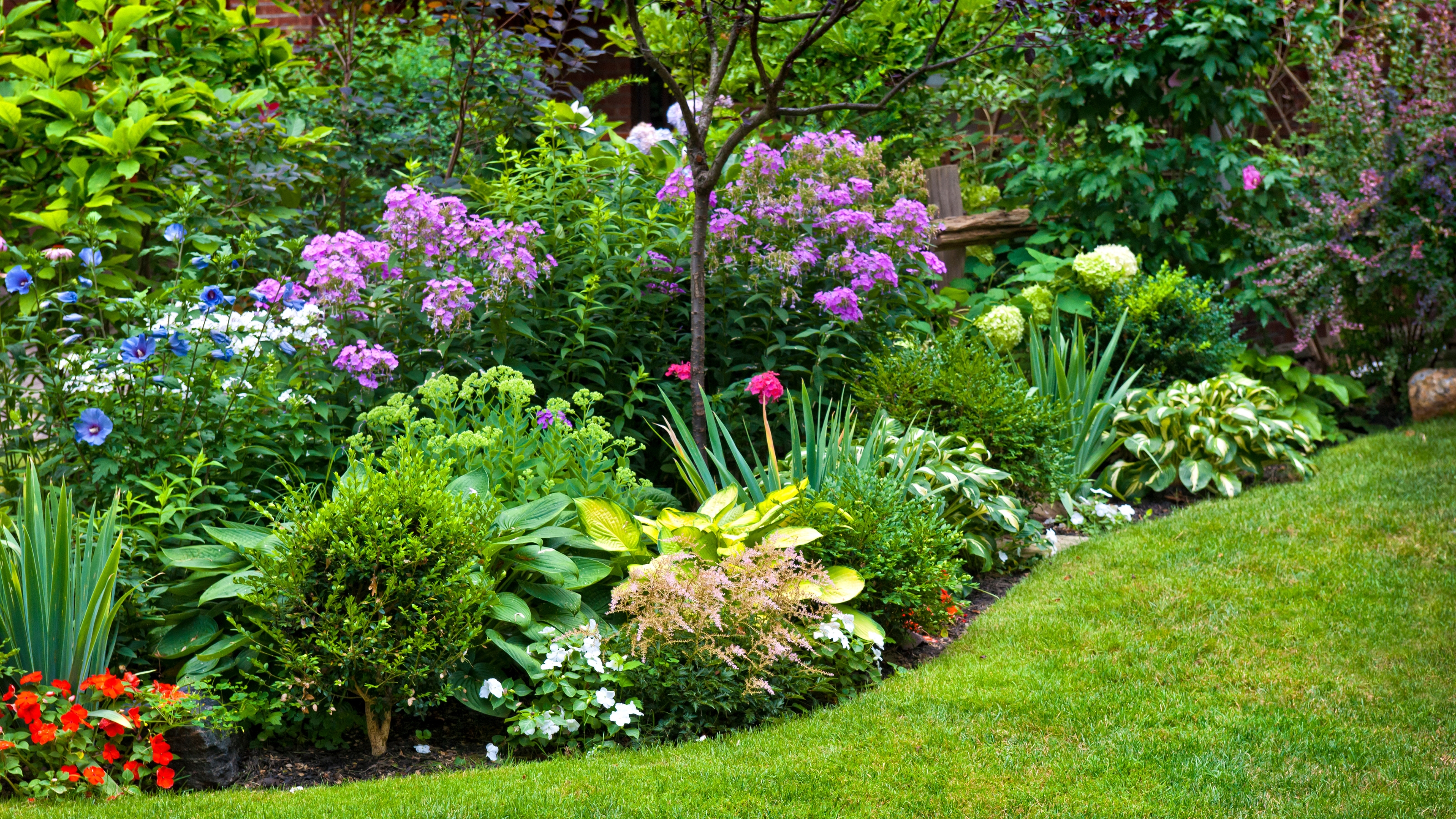
- 1. Work with your garden's natural layout
- 2. Plan your planting scheme carefully
- 3. Consider maintenance carefully
- 4. Choose a planting theme
- 5. Keep the border planting scheme simple
- 6. Repeat planting in a border
- 7. Use a variety of plants to create contrast
- 8. Consider the color wheel
- 9. Add layers for extra interest
- 10. Consider plants with autumn and winter in mind
- 11. Line path borders with bags of bulbs
- 12. Add volume with shrubs
- 13. The more the merrier in garden borders
- 14. Think vertical when planting borders
- 15. Fill garden borders with scented plants
- 16. Mix flowers and grasses in garden borders
- 17. Add a tropical palm tree
- 18. Use lawn edging to create a formal look
Garden border ideas provide infinite opportunities for imaginative planting and are central to a successful garden design.
And, with a bit of know-how, you can keep your garden borders looking colorful year-round, even in the depths of winter.
Whether you like a landscaped, formal look, or would like to create a natural garden, follow these tips from horticulturalist Matt James and create luscious, thriving garden borders. Just grab your best gardening tools, and you're good to go.
Garden border ideas for your yard
1. Work with your garden's natural layout
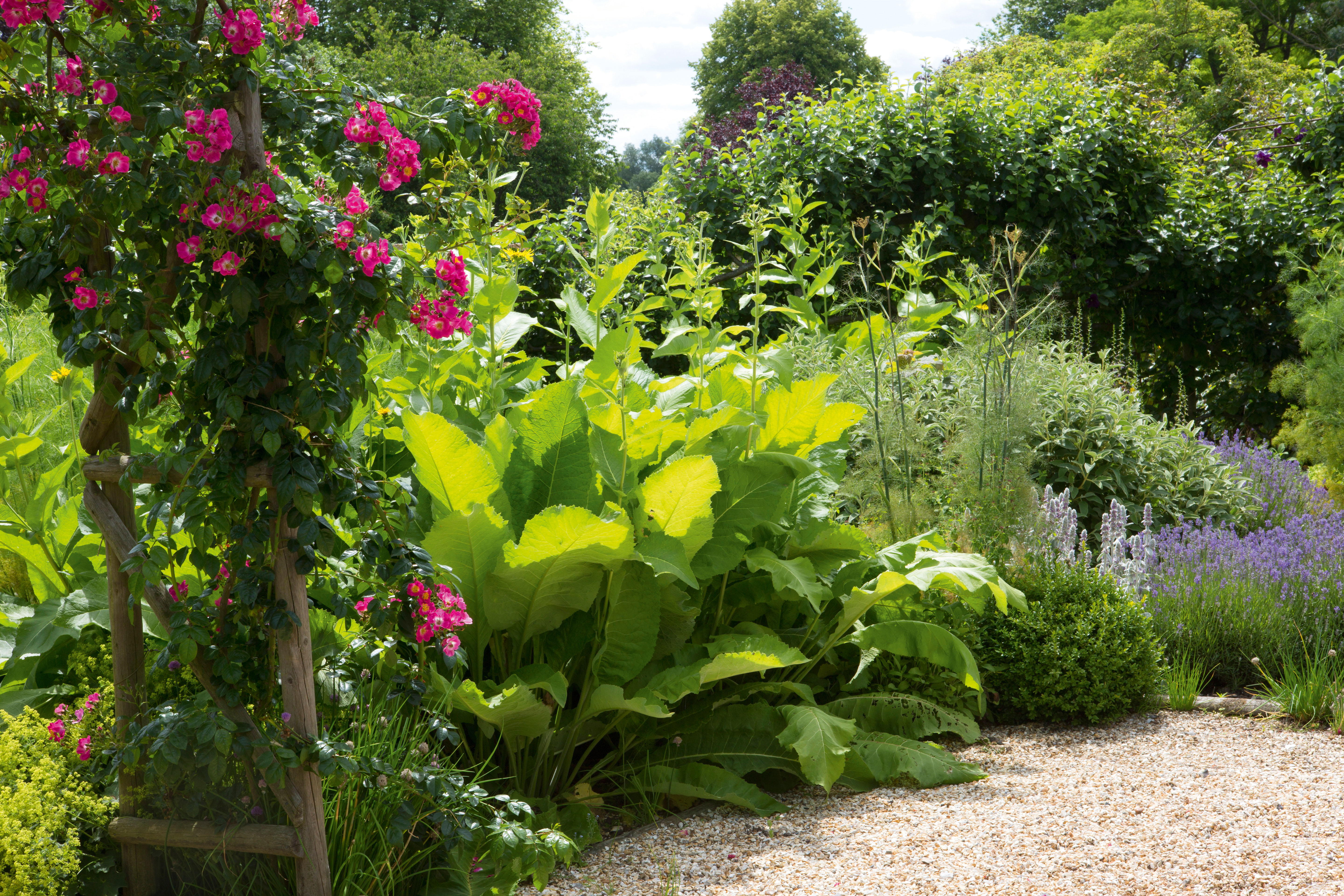
Working in harmony with your garden is always best. Garden plant ideas work when grown where they’re happiest, which will also mean they'll need less attention and will both flower and fruit better.
Spend time noting the characteristics of your beds and borders: are they sunny or shady? Wet or dry? Sheltered or exposed? Chances are you’ll find different growing conditions in different parts of the garden. Look carefully, and then choose appropriate plants and garden ideas to match each one.

Price: $9.99
With over 7k reviews, this budget-friendly watering can is loved by customers. It comes with a detachable nozzle so you can choose a direct stream or a gentle shower.
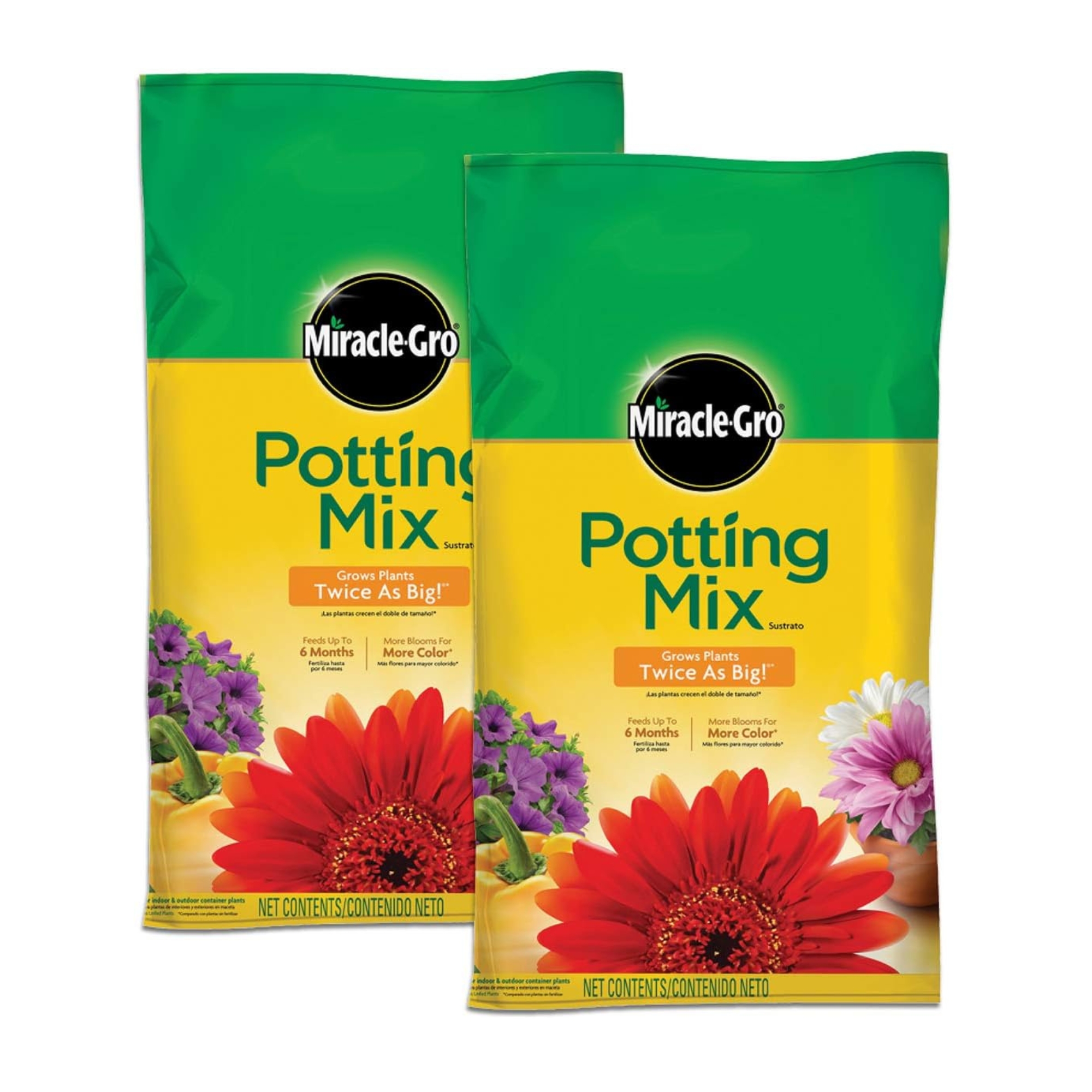
Price: $23.39
Stock up on soil to get your meadow underway. This pack of two large 16-quart bags will cover a large area of your backyard.
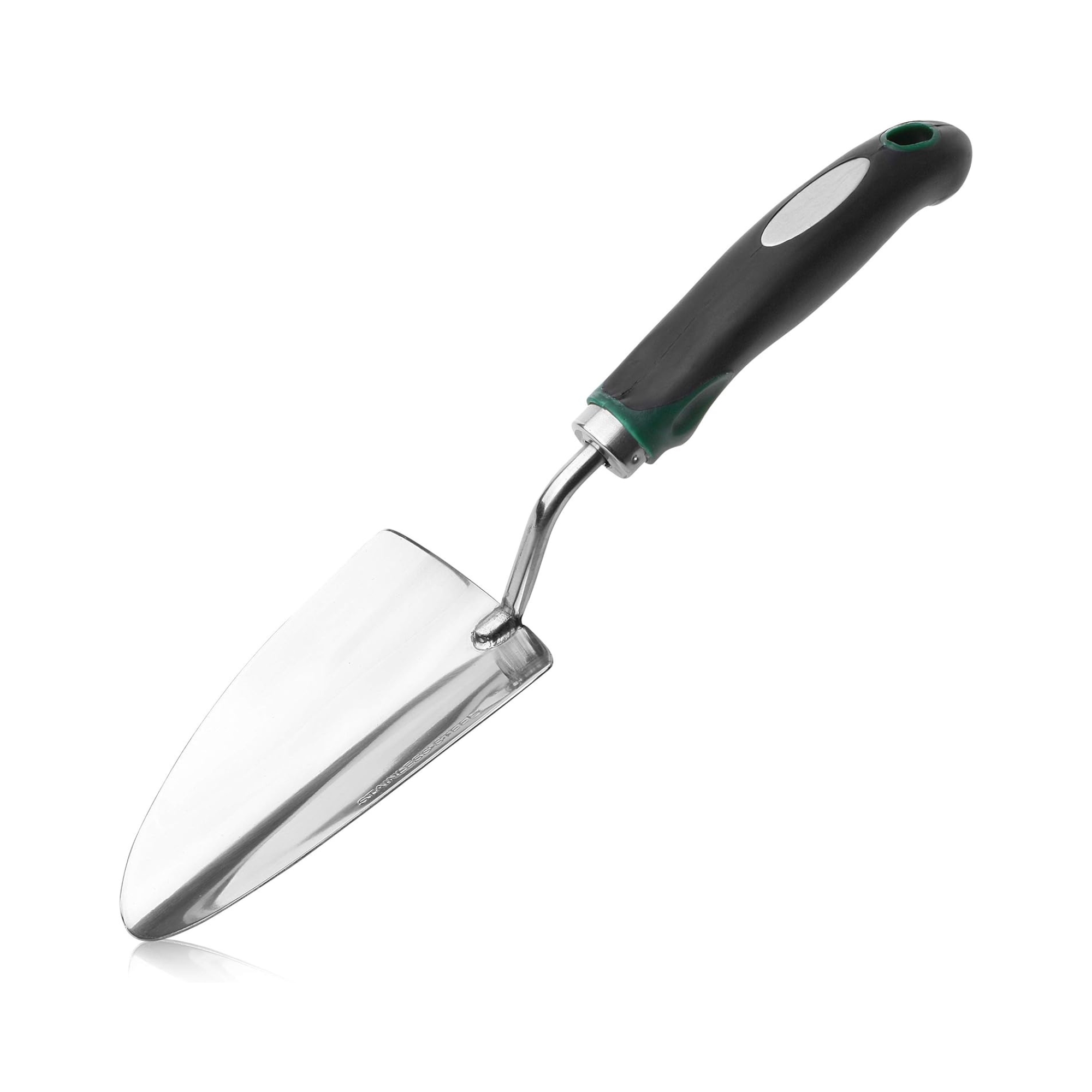
Price: $5.99
A good trowel is essential for any type of gardening. This stainless steel version is sure to last for projects to come.
2. Plan your planting scheme carefully

All good gardeners make their mistakes on paper, not on the ground, saving both time and money in the process. Use graph paper and draw on the outline of the area to be planted, preferably to scale (1cm on paper to 50cm on the ground (1:50 scale) is ideal for all but the most complicated schemes).
Then, considering the scale you’ve selected, play with different arrangements until you find one that works. Plot plants with their mature size in mind to be sure they’ll fit.
Get small space home decor ideas, celeb inspiration, DIY tips and more, straight to your inbox!
3. Consider maintenance carefully
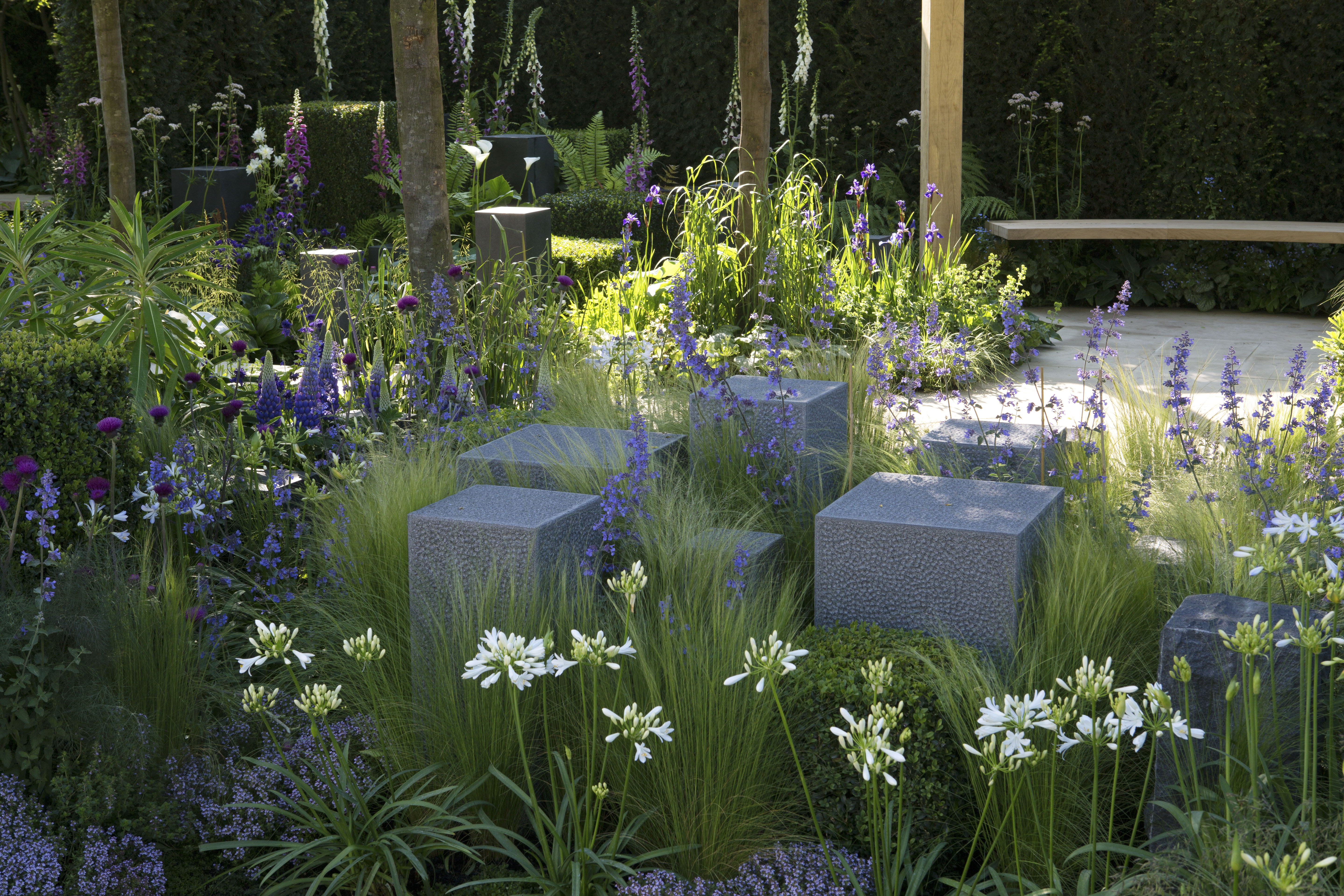
How much time do you have? For young families and those at work all day, winter and summer bedding, rose bushes, fruit, vegetables, and floppy perennials are too time-consuming.
If you're limited on gardening time, instead favor shrubs, tidy conifers, ornamental grasses, and tough-but-colorful mat-forming perennials such as Stachys Byzantina ‘Silver Carpet’. All need little attention once established, and suffer few pests or diseases.
Look over a garden maintenance checklist to see how to stay on top of your greenery.
4. Choose a planting theme
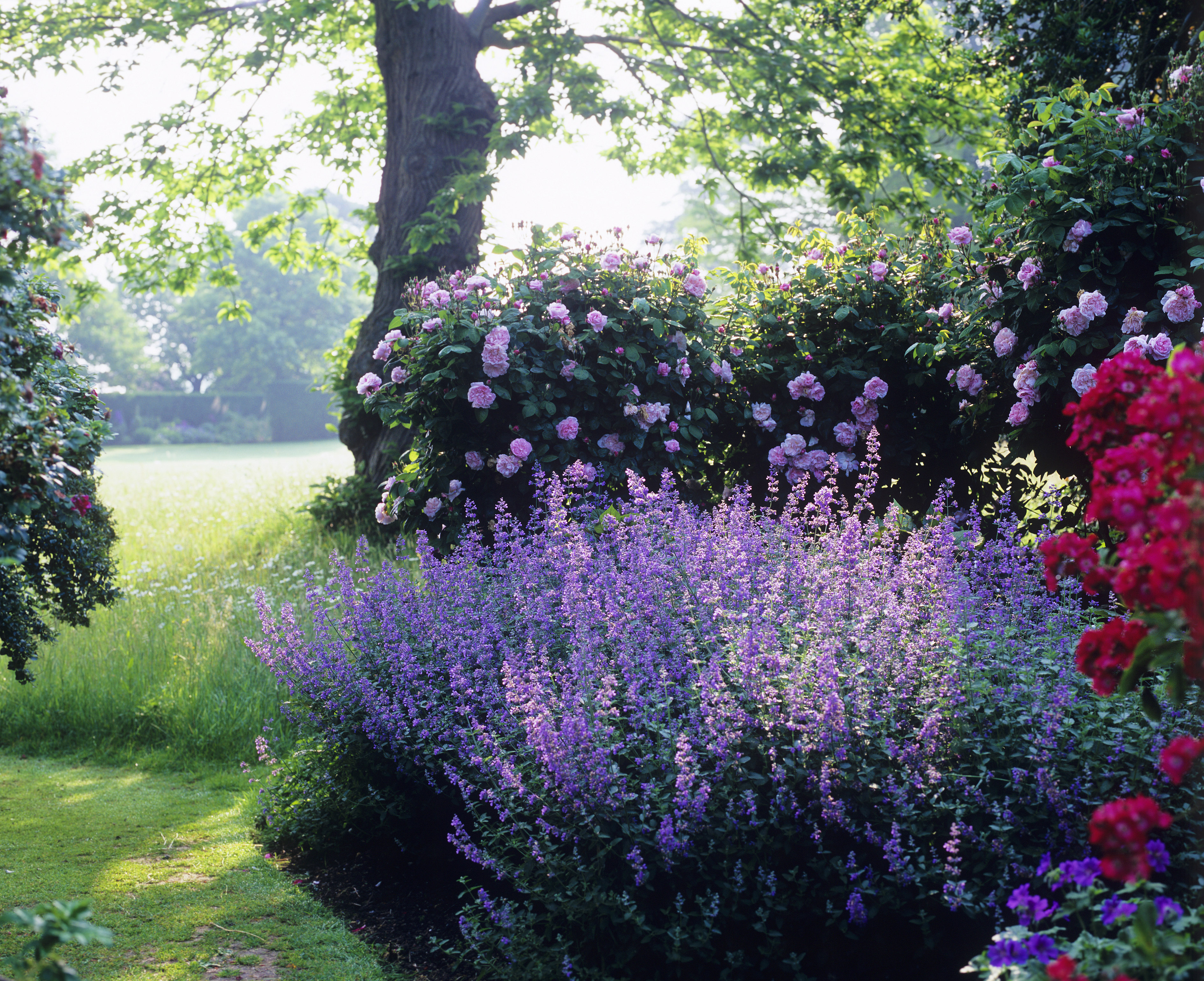
Picking a theme brings clarity and focus to the design process. Personal taste and how you plan to use the garden have an influence, but the space itself can offer clues as to what works best.
For example, a sunny free-draining slope is perfect for an informal Mediterranean-inspired gravel garden. Visually, it won’t look out of place either.
5. Keep the border planting scheme simple

Hold yourself back from including every plant on your shortlist, as the planting will look chaotic and unplanned.
Aim to create a sense of harmony and unity by choosing a color palette or theme early on. Adapting simple garden ideas will give an effective makeover to your outdoor space.
6. Repeat planting in a border
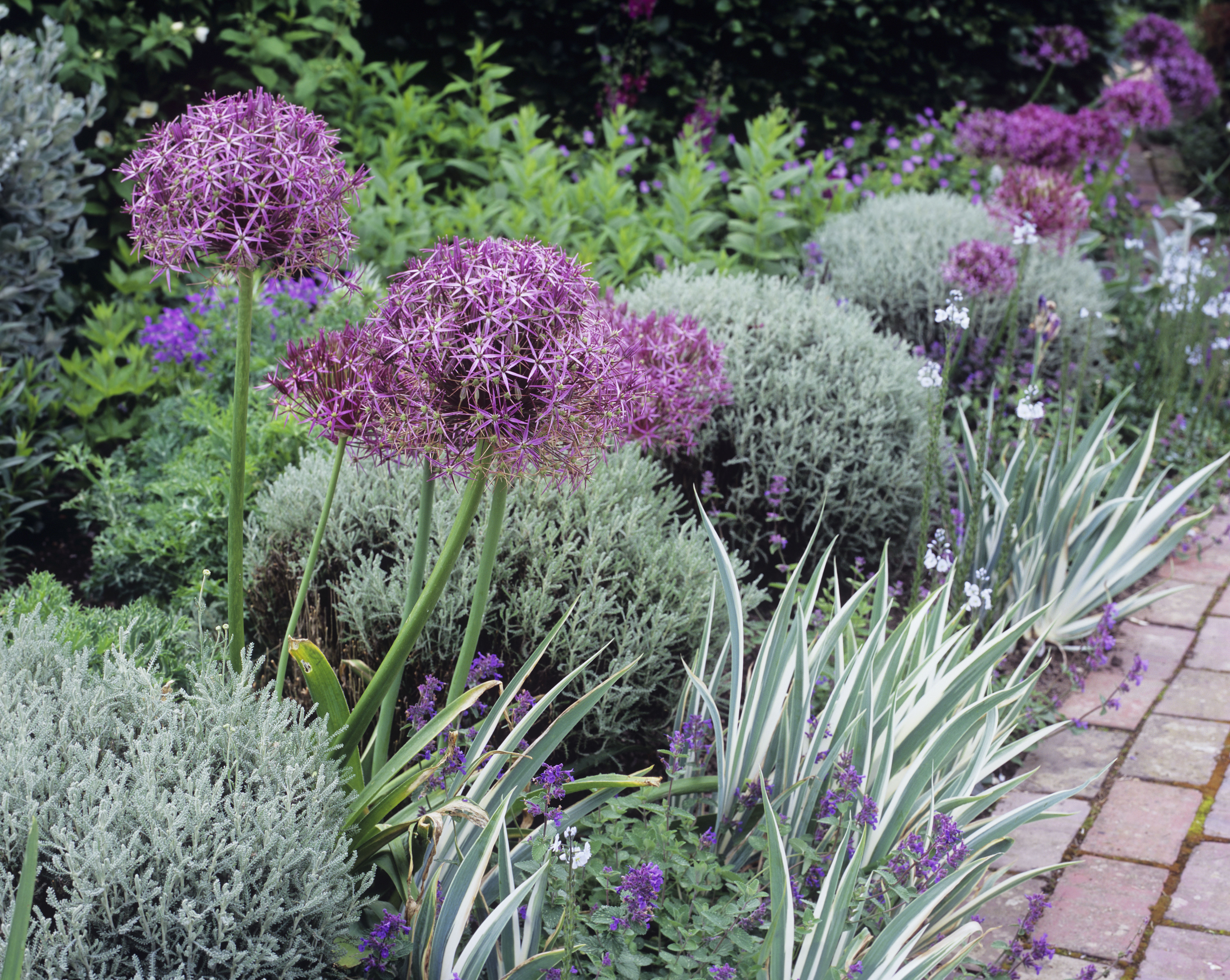
Repetition in garden borders is the easiest way to unify a planting scheme. It’s also the one thing that marks out a ‘designed’ border, from one that happens by accident.
Perhaps use the same hedging throughout or repeat evergreen perennials, or ornamental grasses in drifts at the front of beds and borders (where repetition is most obvious).
7. Use a variety of plants to create contrast
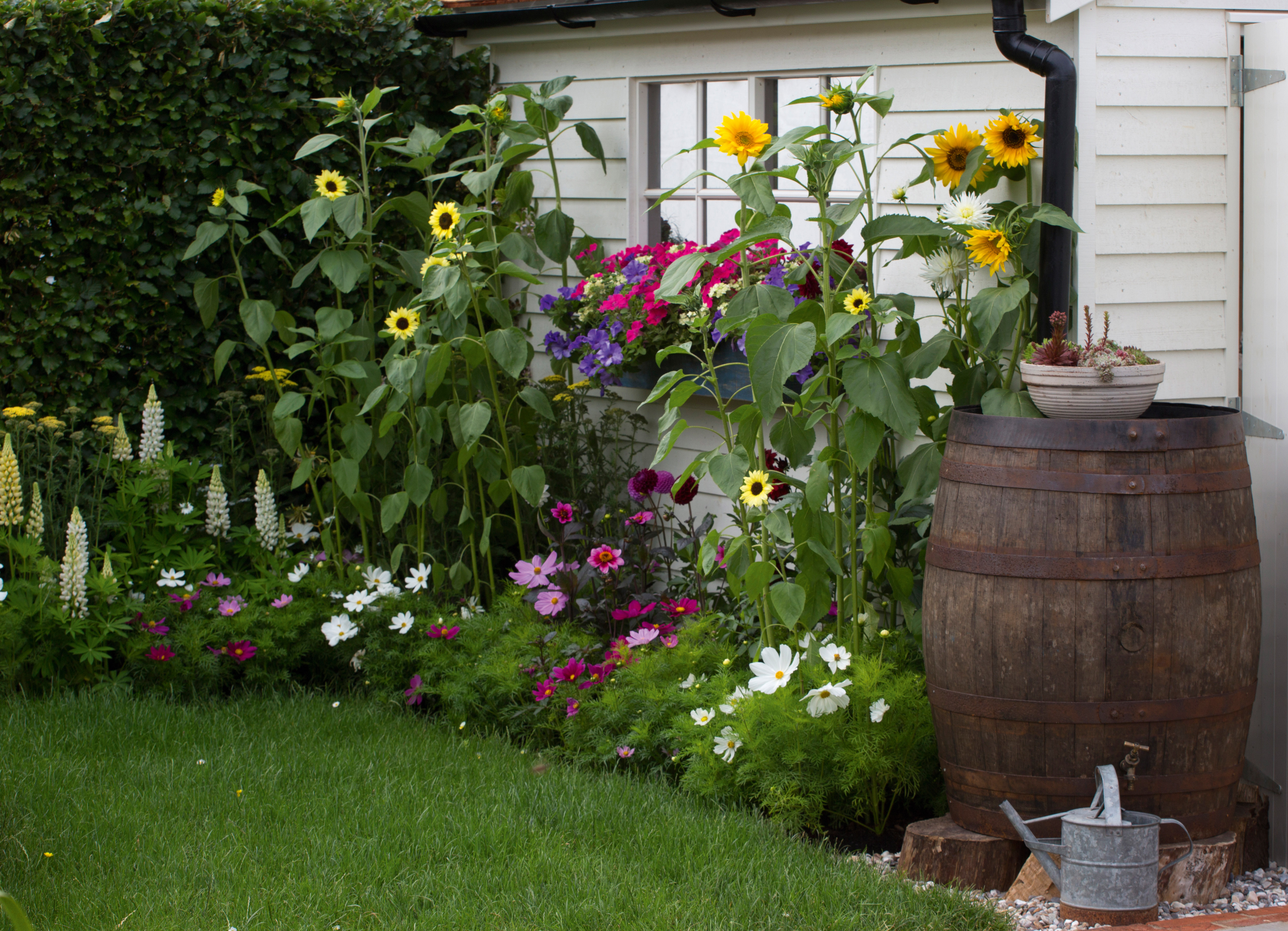
While harmony is important, so is diversity. Plants with distinctive colors and dramatic shapes, such as spiky palms and pencil junipers, make great focal points. But a little goes a long way, so use sparingly or the planting will look over-stimulating. With standard-sized borders (1.5-2m wide) one focal point plant every four to six metres should be enough.
A lot of space to cover? A tree border would work, but again, less is more with tree borders. Choose one or two species for a start. Shade gardens also prove that it's important to place plants where they will thrive the most.
8. Consider the color wheel

Color is a personal preference, but if you want to be more precise about it and create memorable plantings like the professionals, choose a classic combination, taking into account the color wheel. Colors opposite each other complement through dramatic contrast. Those adjacent are harmonious, and the easiest way to combine color over a large area.
You could pick the shades, tints, and tons of one color only for a sophisticated monochromatic look. Finding the right garden color scheme will make a bold statement.
9. Add layers for extra interest
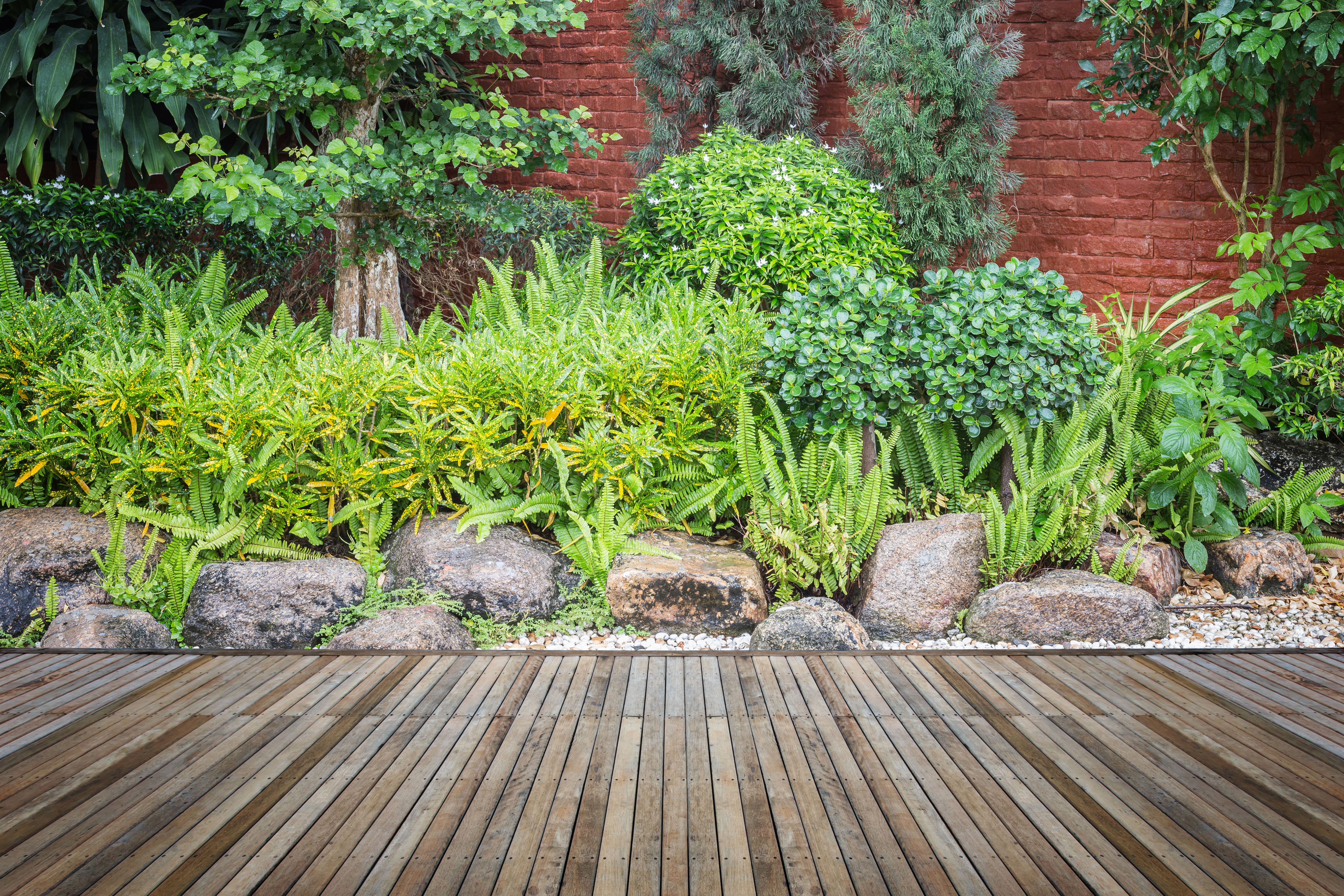
The easiest and most visually effective way to arrange plants is in layers, with borders backed by walls or fences, tall shrubs, tree borders, bamboo, and lofty grasses first. Place roses, smaller shrubs, mid-sized perennials, and ornamental grasses in the middle. Feature shorter shrubs, mounding perennials, and ankle-high ground-cover plants in front.
However, try to avoid arranging everything like a series of steps. On occasion sweep low plantings towards the back, and taller ones to the front, to create depth and interest.
10. Consider plants with autumn and winter in mind

Plants with fiery autumn leaves, stunning seed heads, colorful fruits and berries, brilliant bark, or evergreen leaves prolong seasonal interest and help lift the spirits on drab days.
When planning your garden borders, remember to consider seasons other than the summer. Look for autumn plants that will give off rich color when the months start to get colder.
11. Line path borders with bags of bulbs
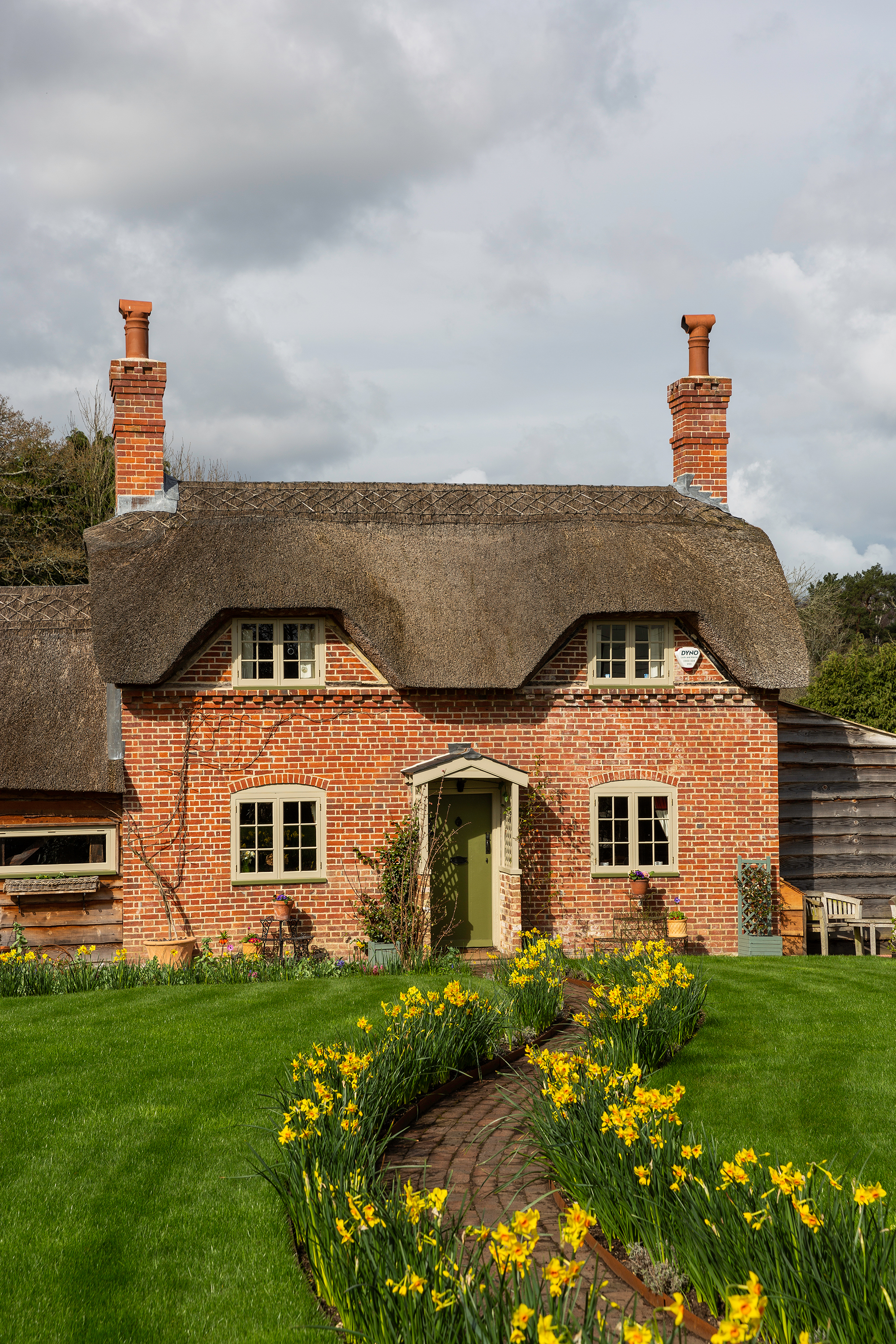
Brilliant for seasonal interest in spring, summer, and autumn, most bulbs cope with competition so can be planted to grow through frothy perennials, giving you two color bursts from the same place, ideal where space is tight. Only large-flowered tulips need replacing each year.
12. Add volume with shrubs
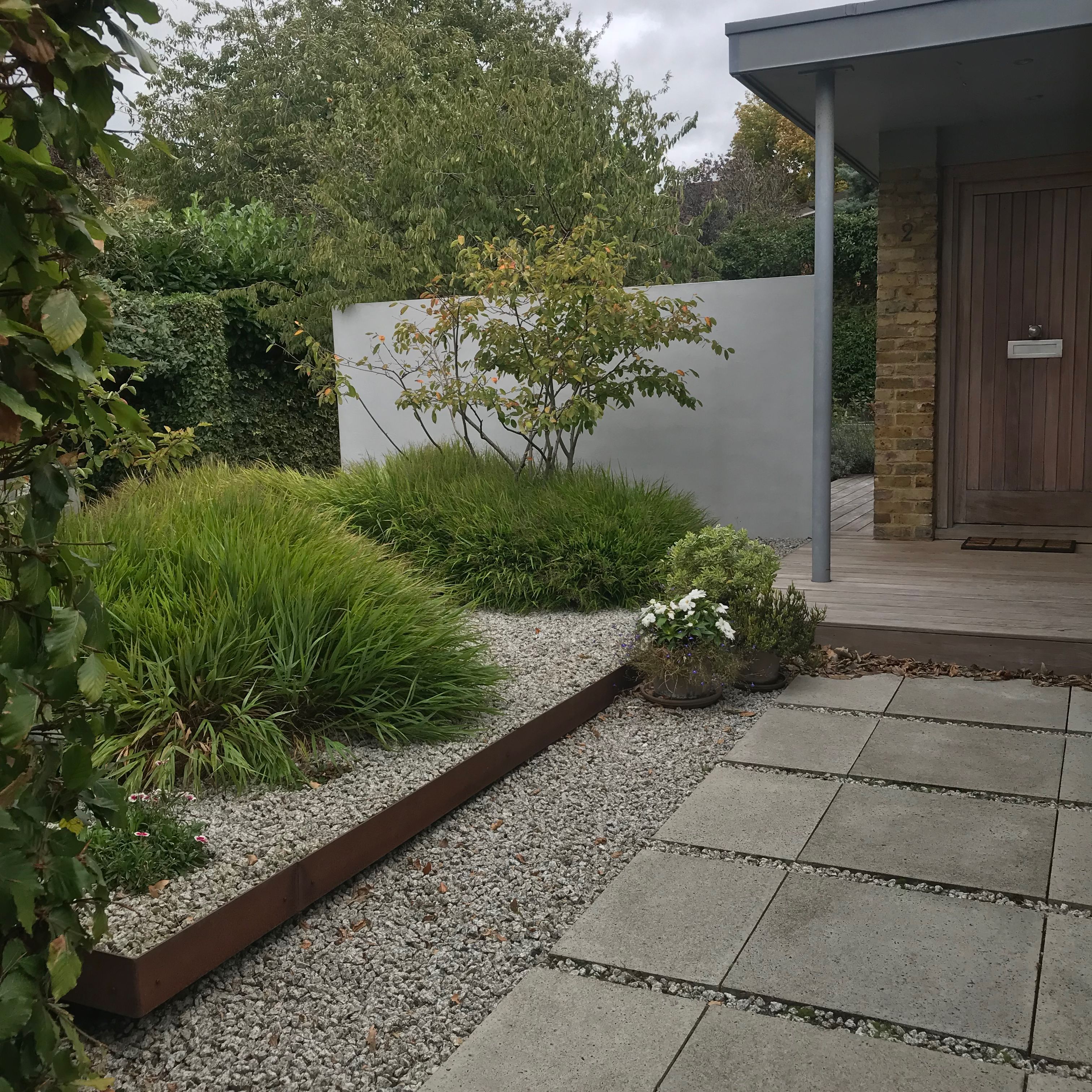
Offering year-round interest for little effort, shrubs bring an all-important ‘body’ to your borders, too. As a guide, most mixed plantings should contain at least 40%, spaced evenly throughout the display, from the back right down to the front.
Evergreens with good form and shapely leaves should be the first choice, especially in small spaces. Consider size at maturity carefully, though, as some shrubs can grow to monstrous proportions.
13. The more the merrier in garden borders
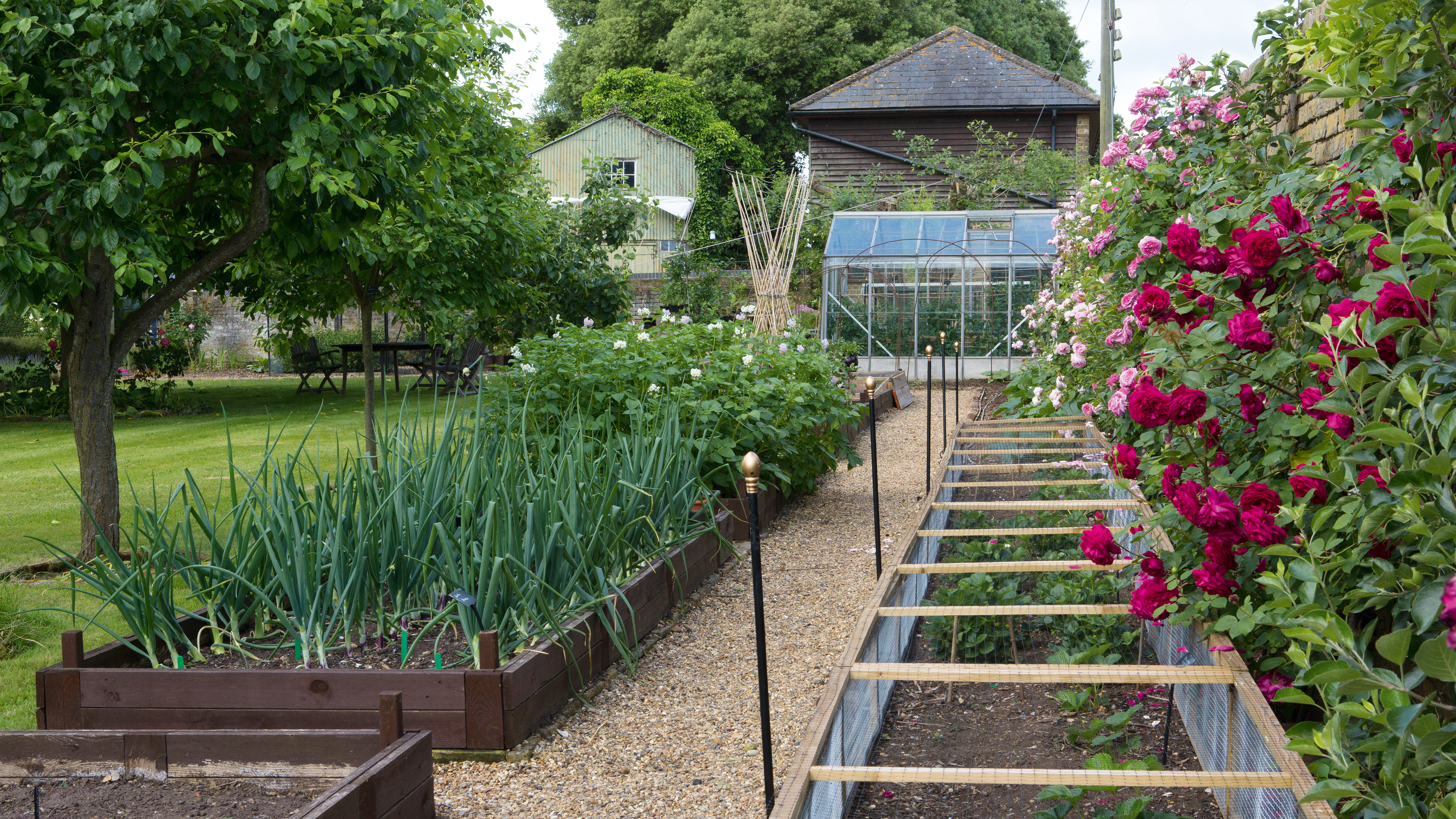
Never place each plant as a solitary specimen. This results in a bitty-looking display. Instead, plant in groups proportionate to the size of the space.
In small gardens/borders, shrubs and roses planted in groups of three are common, unless they’re larger specimens, where one by itself is fine. For perennials and grasses, plant in groups of three to 12 plants, depending on the importance of the plant and how distinctive it is; some plants, particularly pastel-colored single-stemmed perennials, for example, are invisible by themselves.
14. Think vertical when planting borders
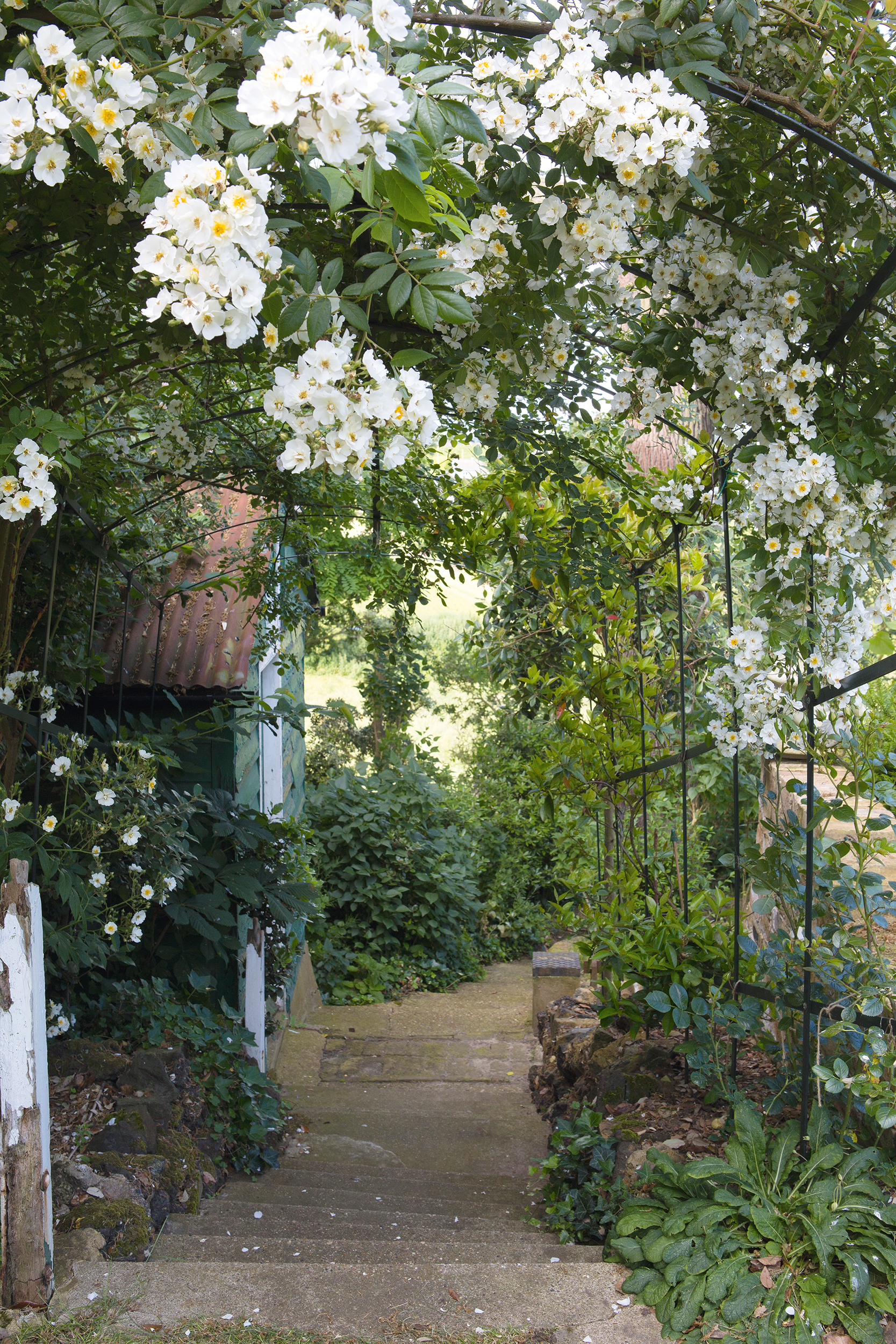
Height is important for interest, contrast and to pull the eye skyward. Fastigiate (pencil-like) shrubs and climbers trained on wigwams are ideal.
Take full advantage of walls and fences, too, perhaps combining tidy non-invasive climbers that flower at different times to prolong the season of interest. Roses and large-flowered summer clematis is a classic combination.
15. Fill garden borders with scented plants
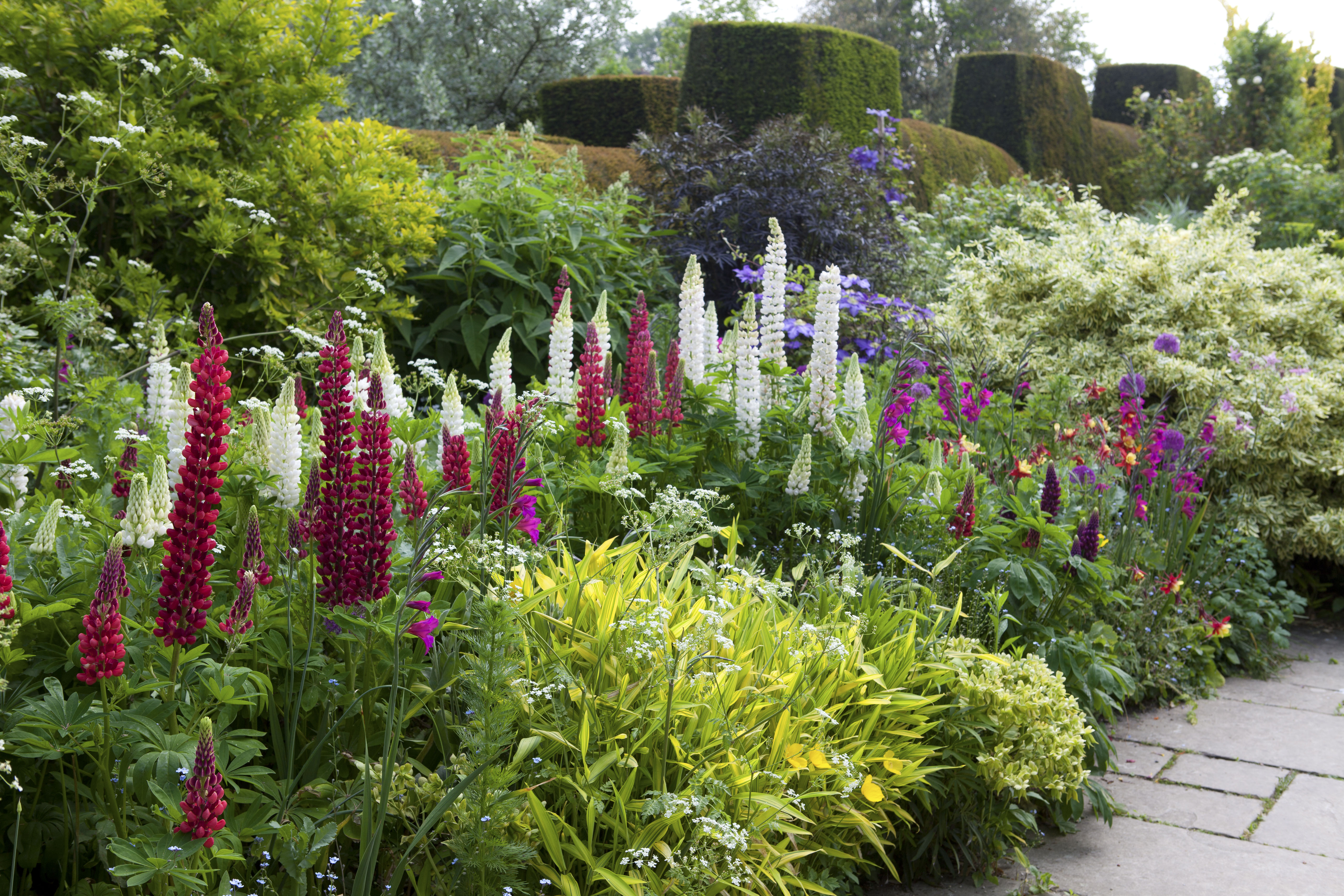
Scented plants enliven any garden, so try to include them when possible. There are so many different ones to choose from, but how powerful the perfume is will determine where it works best.
‘Free scents’, such as Dutch honeysuckle and white jasmine, perfume the air for yards and are generous, sometimes to a fault. ‘Up close and personal’ scents, such as from roses, witch hazel, and Daphne, are more subtle, so position near areas you use the most. Starting a rose garden looks elegant and sophisticated.
‘Touchy-feely’ scents, such as from thyme, are released only when the plant’s leaves are picked; positioned in patio pots or next to paths, within easy reach.
16. Mix flowers and grasses in garden borders
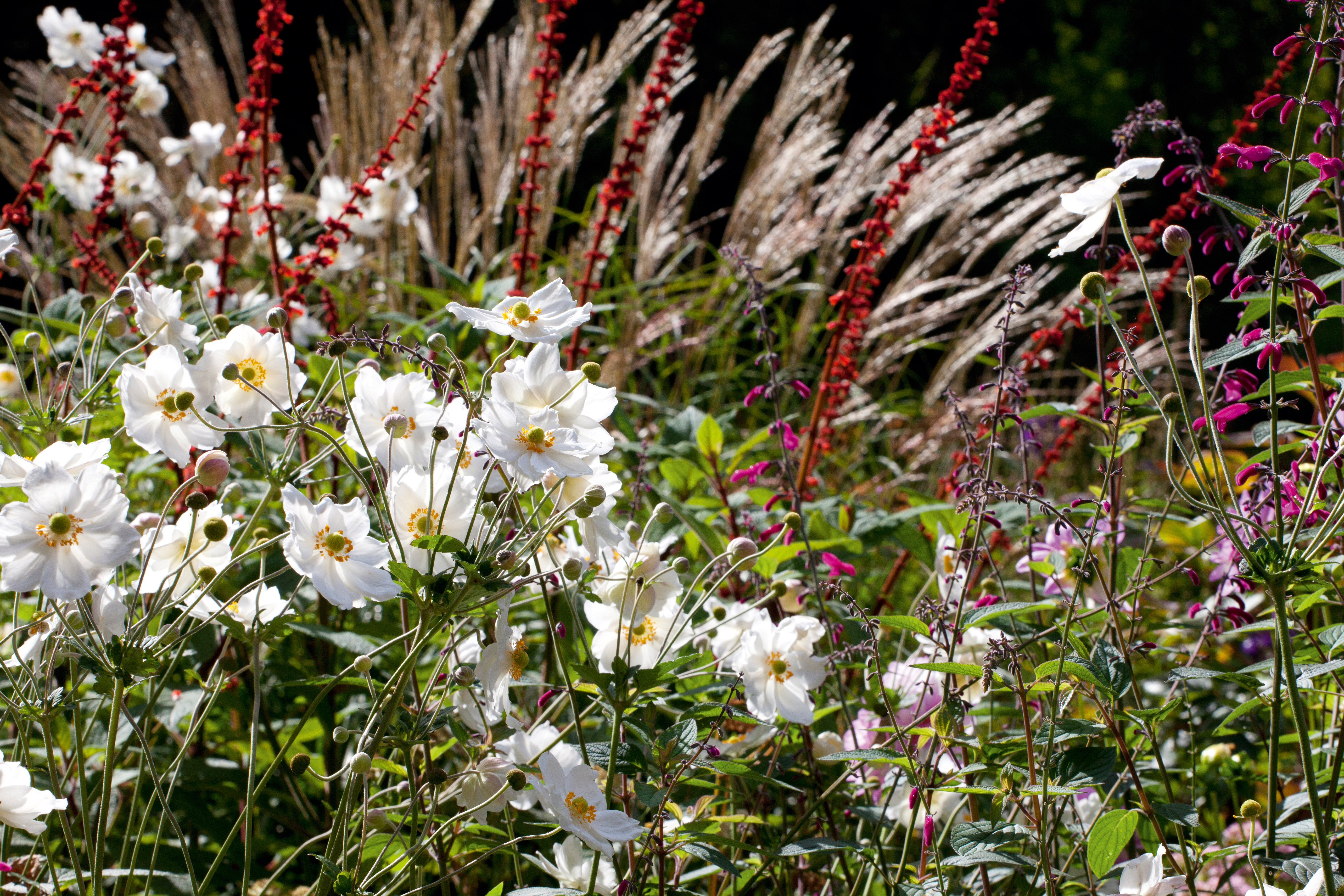
For a natural, free-flowing look, grasses make a great addition to garden borders that need bulking up.
From the traditional Pampas grass to the delicate and wispy Stipa, mix them with flowers such as anemone and phlox for an effortless look.
17. Add a tropical palm tree
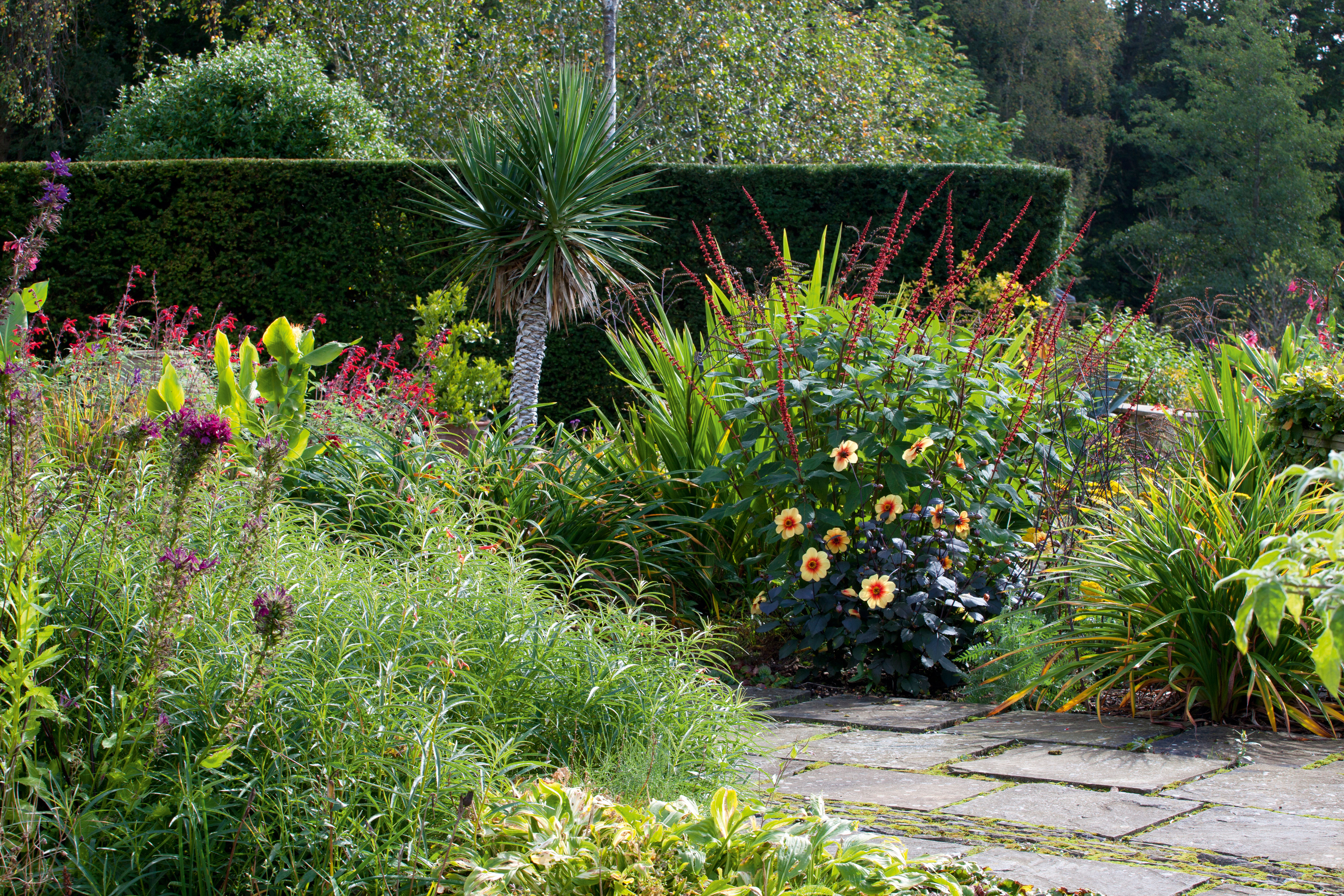
Break up a traditional garden border with an exotic palm tree for a more contemporary look.
Fan palms, cotton palms (Washingtonias), and needle palms all tend to do well in milder climates.
18. Use lawn edging to create a formal look
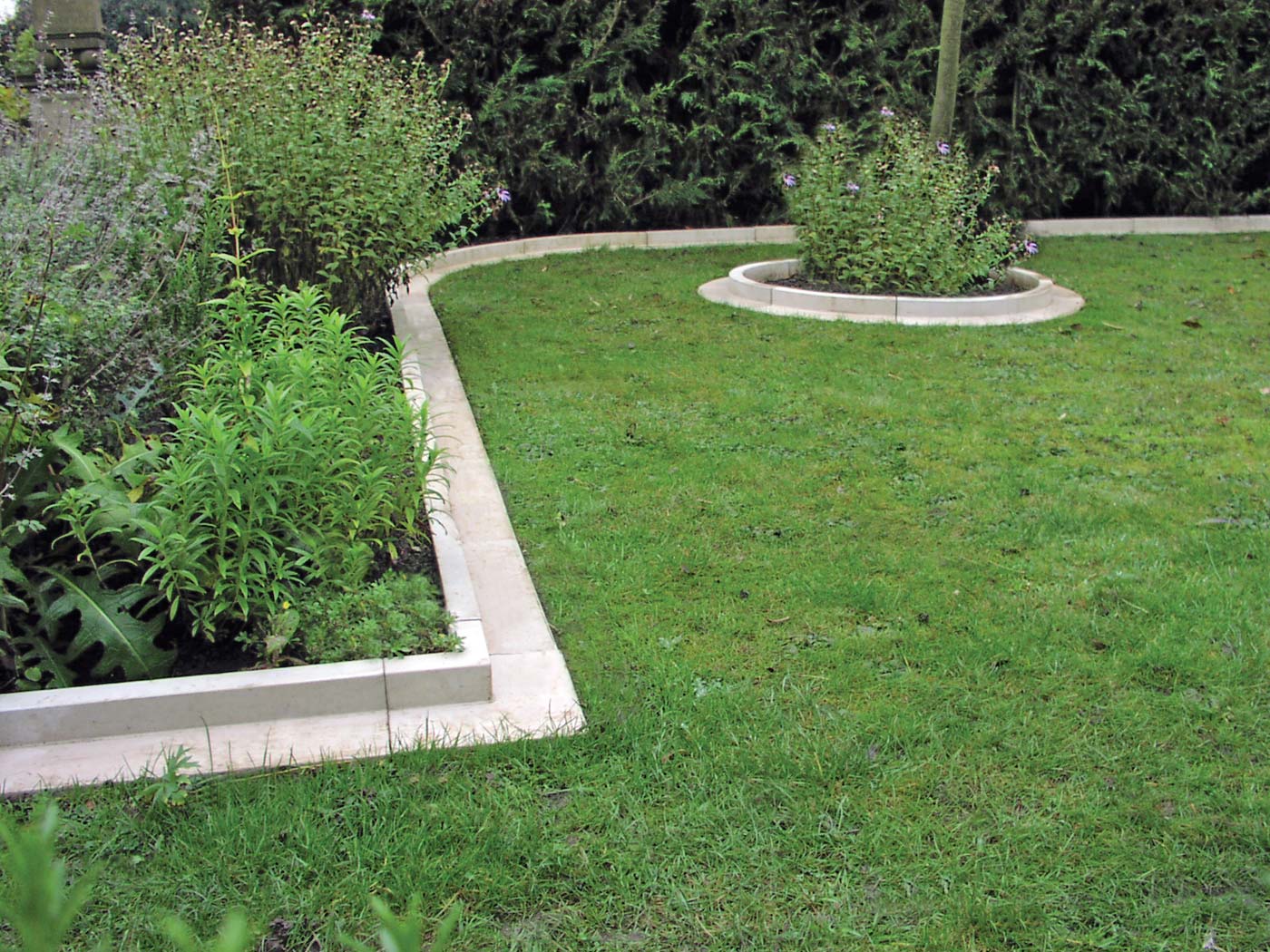
Lawn edging can help create a formal look for your garden borders and zone your garden; it will also protect your border when you mow your lawn.
There are tons of materials and styles to choose from, and what you choose will largely reflect your budget and your garden's style. Some clean lawn edging ideas will make your garden look neat and tidy.